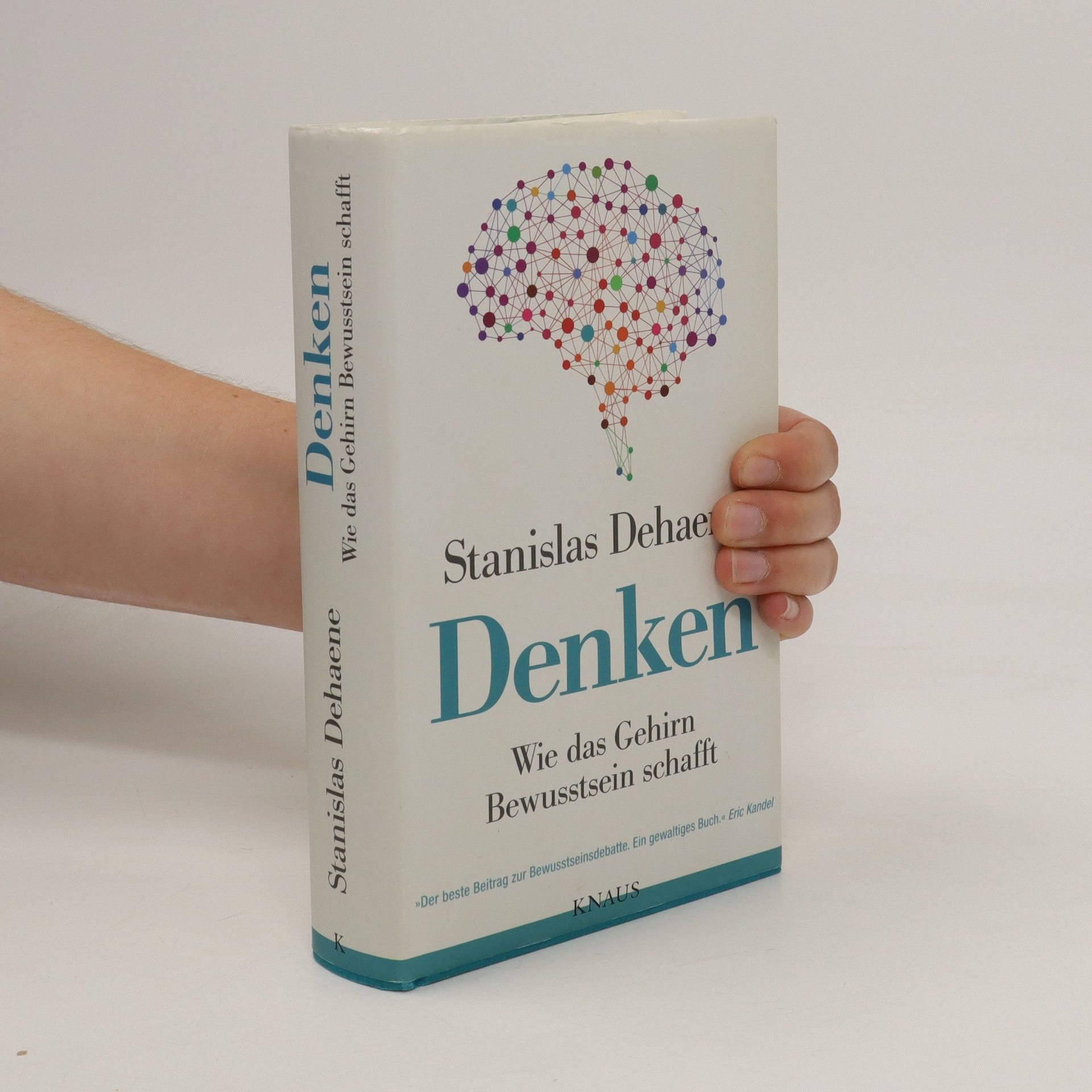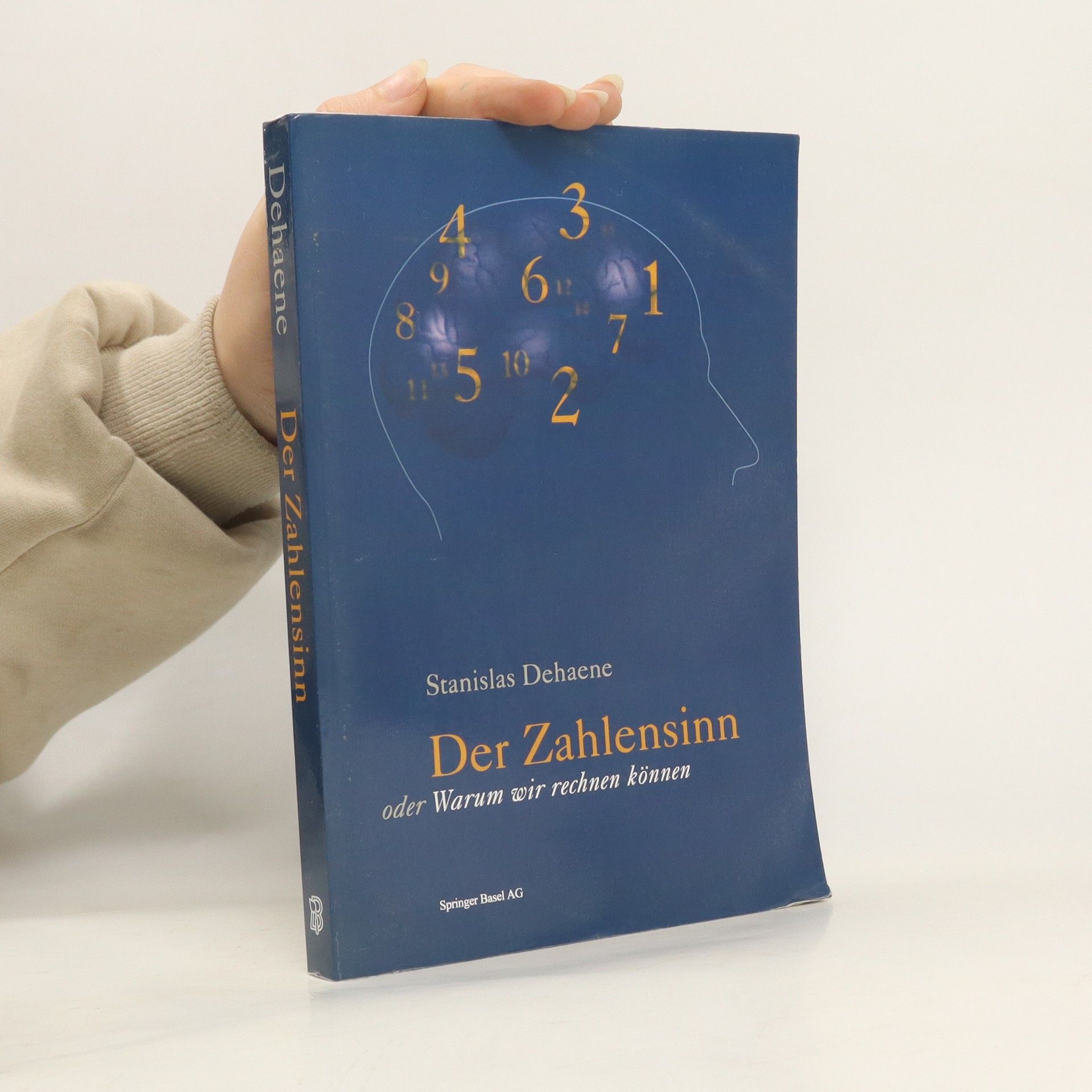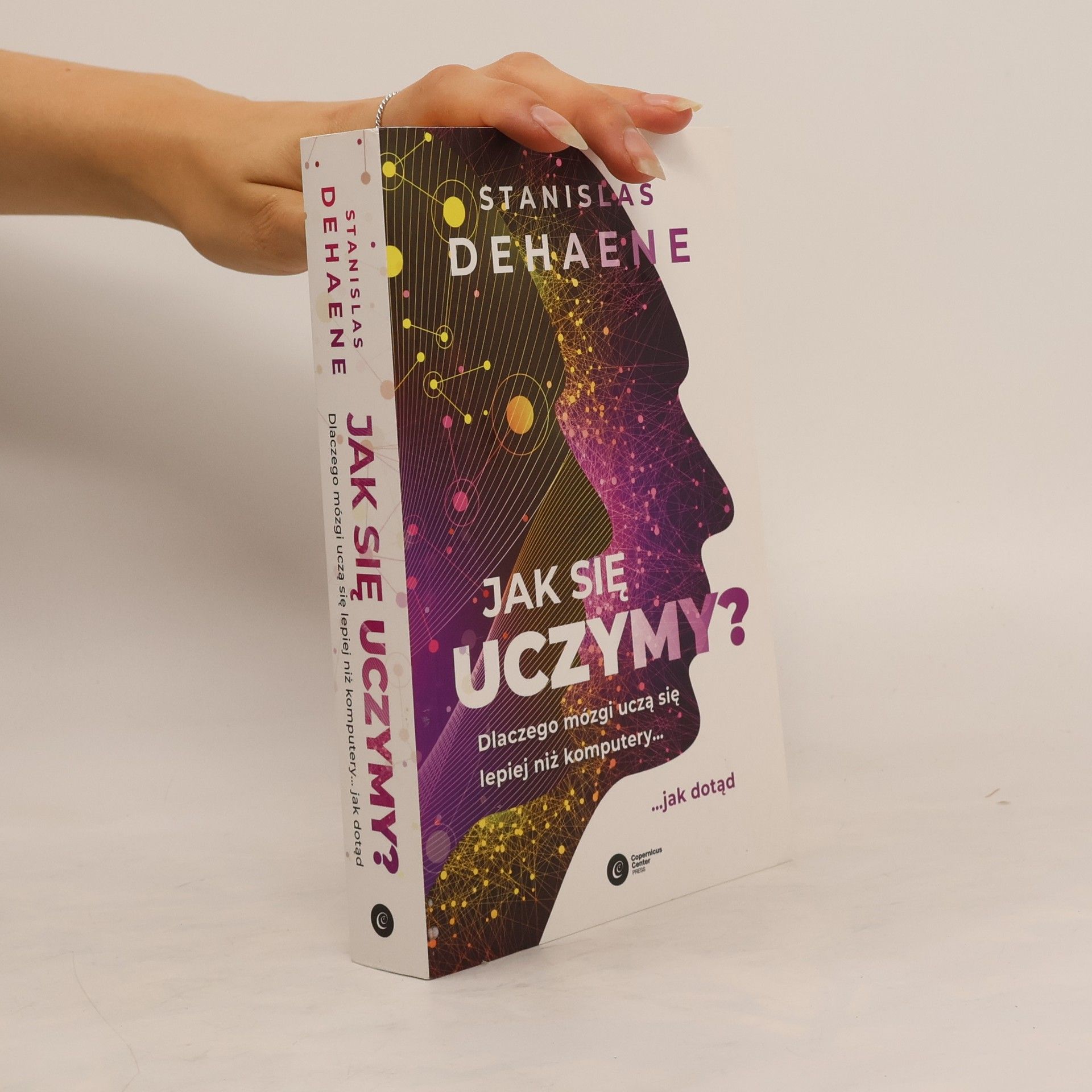Der Zahlensinn oder Warum wir rechnen können
- 311 Seiten
- 11 Lesestunden
Wir sind von Zahlen umgeben, die unser Leben dominieren – sei es auf Kreditkarten, Münzen, Schecks oder in digitalen Tabellen. Sie sind das Fundament unserer Technologie und ermöglichen es uns, Raketen zu starten, Brücken zu bauen, Güter auszutauschen und Rechnungen zu begleichen. In gewisser Weise sind Zahlen kulturelle Erfindungen, die in ihrer Bedeutung nur mit der Landwirtschaft oder dem Rad vergleichbar sind. Ihre Wurzeln reichen tief: Bereits vor Tausenden von Jahren nutzten babylonische Wissenschaftler Zahlzeichen für präzise astronomische Berechnungen. Noch viel früher, in der Steinzeit, schufen Menschen die ersten geschriebenen Zahlenreihen, indem sie Knochen einkerbten oder Punkte auf Höhlenwände malten. Es wird sogar argumentiert, dass Tiere schon vor Millionen von Jahren einfache Rechnungen anstellten. Sind Zahlen also fast so alt wie das Leben selbst? Sind sie in der Struktur unseres Gehirns verankert? Besitzen wir einen Zahlensinn, eine Intuition, die uns hilft, Zahlen und Mathematik zu verstehen? Vor fünfzehn Jahren, während meiner Ausbildung zum Mathematiker, entdeckte ich meine Faszination für die abstrakten Objekte, mit denen ich arbeitete, insbesondere für die einfachsten von ihnen – die Zahlen.





